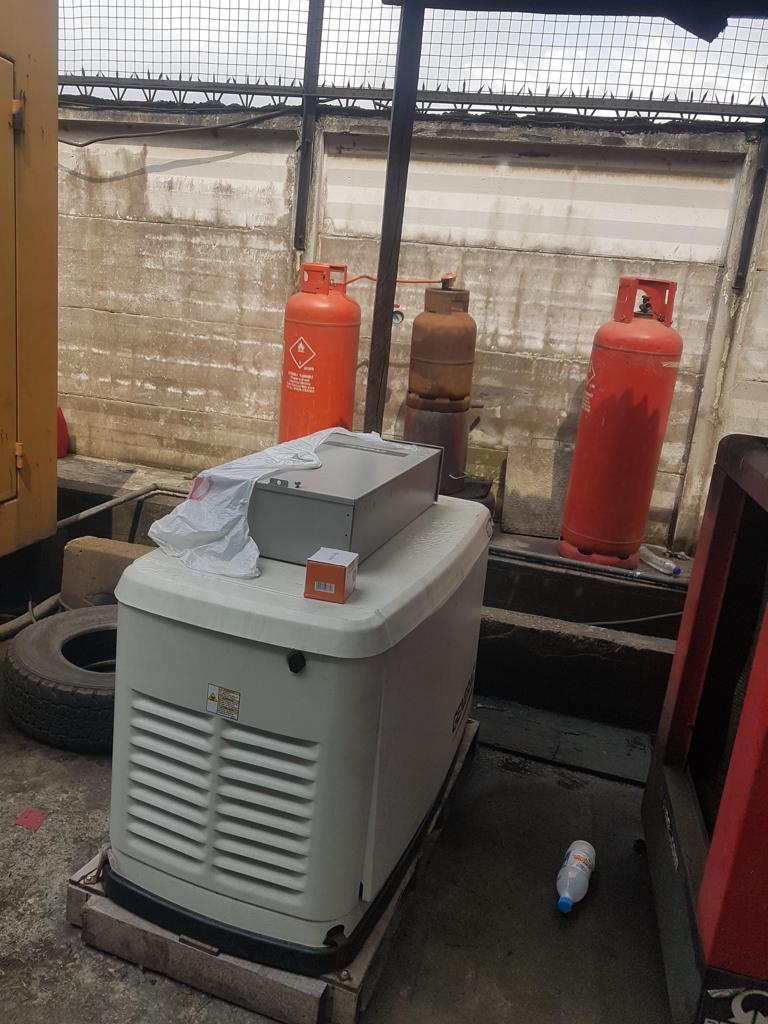
Distribution companies (DisCos) reporting an average loss of 50% in 2020, versus 26% allowed by the Nigerian Electricity Regulatory Commission (NERC)’s tariff policy.
Sponsored Images




The World Bank said the failure of many federal, state, and local government ministries, departments, and agencies (MDAs) to pay their electricity bills is one of the reasons why the government pays electricity subsidies.
This was disclosed in the World Bank’s Nigeria Public Finance Review report released recently and seen by Nairametrics.

The report noted that the Federal Government of Nigeria has been financing electricity costs through public subsidy since the privatisation of the sector.
It added that the subsidy is one of the reasons the power sector has been underperforming.
The World Bank report further noted that the transition from a publicly owned to a large privately owned power sector has not brought the expected performance and service quality outcomes. Part of the report said:
- “As the power sector has been private since 2013, the federal government has financed below-cost electricity prices through a public subsidy. At the root of the problem was the poor performance of the power sector. The power sector’s aggregate technical, commercial, and collection (ATC&C) losses are extremely high, with distribution companies (DisCos) reporting an average loss of 50% in 2020, versus 26% allowed by the Nigerian Electricity Regulatory Commission (NERC)’s tariff policy.
- “These high losses are exacerbated by inadequate metering of end-use customers and the failure of many ministries, departments, and agencies (MDAs) of federal, state, and local governments to pay their electricity bills. High losses, coupled with a lack of payment discipline by DISCOs and inadequate contractual enforcement of those payments by the Nigerian Bulk Electricity Trading (NBET) and the NERC, result in low remittances to NBET by the DisCos.”
In January 2022, it was reported that the federal government could spend up to N40 billion, to reduce outstanding electricity bills of its ministries, departments and agencies (MDAs).
Poor tariffs: The report blamed non-performance in the power sector on a lack of cost-reflective tariffs between 2012 and 2021, which created a significant fiscal burden. Cost-reflective tariffs fully reflect the cost of generating, transmitting, and selling power to the final consumer, for all consumers.
A vicious cycle: According to the report, the financial sustainability of Nigeria’s power sector is hampered by weak tariff regulation, high technical losses and low collections.
Although the Nigerian Electricity Regulatory Commission (NERC) has always issued multi-year tariff orders (MYTO), external factors like political interference and litigation have prevented them from being actively enforced. And this has led to poor implementation of tariff policies.
In turn, the lack of implementation has weakened the financial situation of power sector companies, especially DisCos, which has left NERC unable to enforce contractual obligations of privately-owned generation companies (GenCos) and DisCos.
Electricity subsidies: The federal government pays electricity subsidies to meet close tariff shortfalls. According to the World Bank report, the federal government intervenes to cover the difference between allowed and cost-reflective tariffs, which is the tariff shortfall.
The report highlights that between 2015 and 2020, the tariff shortfall widened. And that’s because ‘allowed tariffs’ stayed flat while ‘cost-reflective tariffs’ shot up due to foreign exchange depreciation and domestic inflation. The report stated:
- “The cumulative shortfall for 2015–20 was an estimated ₦2,168 billion (roughly $7 billion). In 2019 total federal government support reached ₦524 billion ($1.7 billion), or 0.4 % of GDP— higher than the ₦428 billion budget for health and just 20% less than the ₦650 billion budgeted for education.
- “To ensure that GenCos and gas suppliers received sufficient payments to continue generating electricity, the federal government has borrowed from the CBN a total of ₦1,301 billion ($3.6 billion) since 2017 under the Payment Assurance Facility (PAF). Debt service obligations for the CBN PAF have become a significant fiscal burden on the federal government, at ₦198 billion ($550 million) per year from 2020 to 2027 as per the original term sheet.”
Who benefits from subsidies: The World Bank report said that 80% of the significant public resources spent on tariff shortfalls benefit the richest 40% of the population and only 8% benefit the bottom 40%, and of this less than 2% benefits the poorest 20%.
For the record: The World Bank report says that every Nigerian who receives electricity from a DISCO pays less for electricity than the cost of supplying it and the current structure of government funding to the power sector is highly regressive.
Dear Readers, Good and credible news reportage is tedious task and requires huge finances.
We are soliciting your Noble support for as low as N1,000 your support would go a long way in assisting us to continue to guarantee our readers quality news.
Bank transfers can be made to:
Account Name: Harvest and Commercial
Bank: Sterling Bank
Account Number: 0078627735